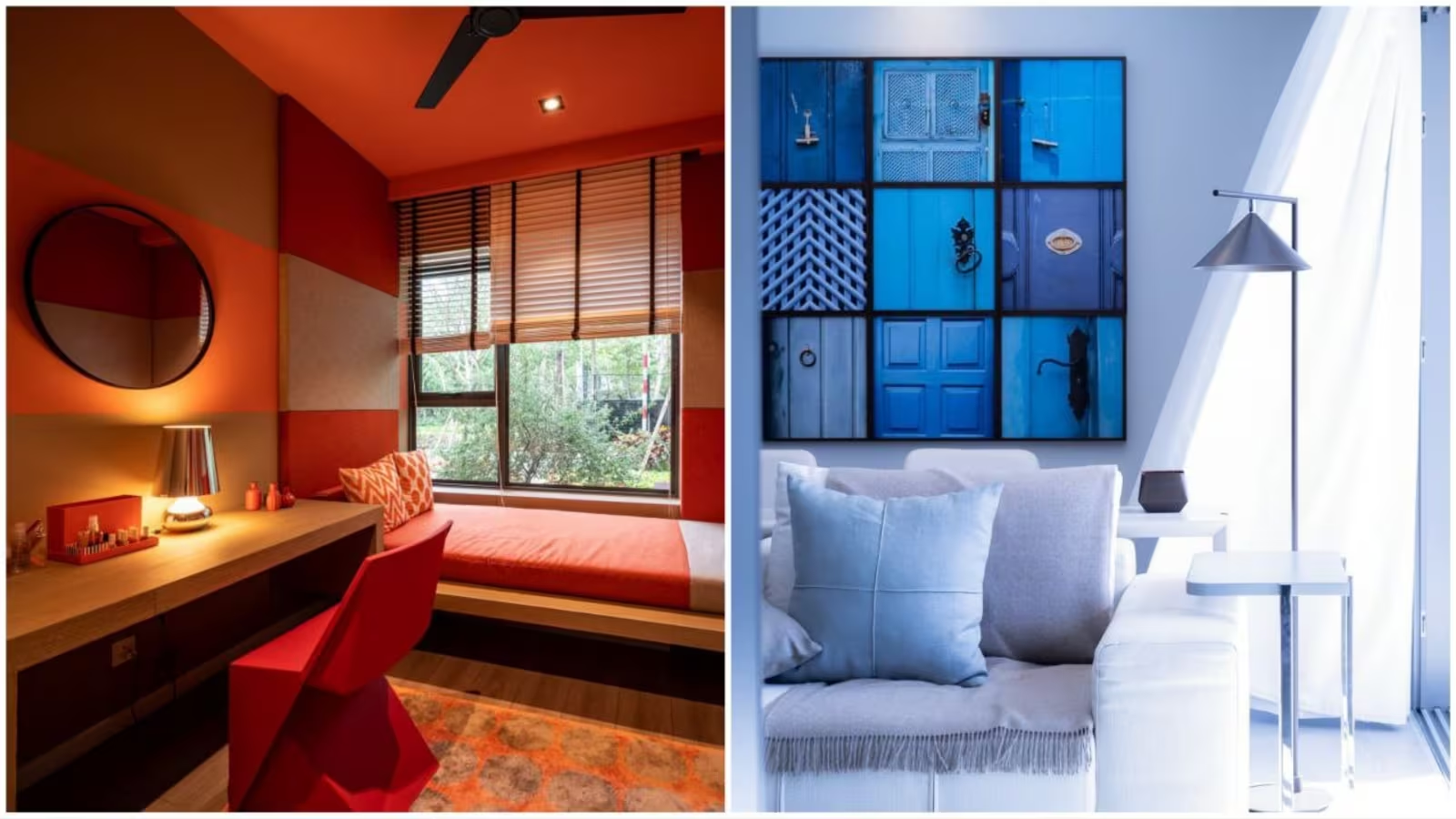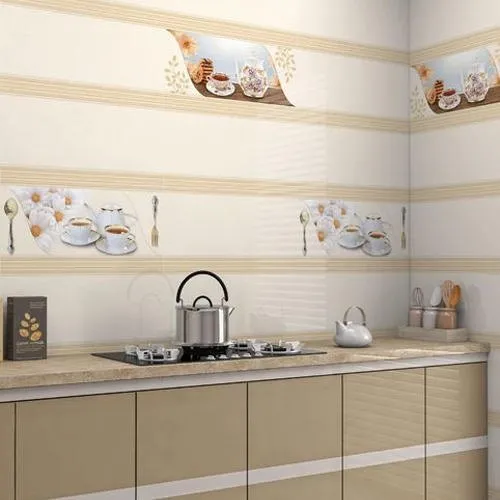4 Types of Kitchen Tiles
When renovating your kitchen, tiles are an integral component of the design. Not only do they add visual value to the space, but also protect surfaces from spills and stains.
Tiles come in an extensive selection of materials and colors. Whether you opt for ceramic, stone or porcelain kitchen tiles, these flooring and backsplash choices offer long-lasting solutions that require low upkeep in your kitchen.
Ceramic
Ceramic kitchen tiles are renowned for their strength and beauty, making them the ideal choice for any backsplash. Choose from an array of colors, patterns, sizes and shapes to achieve a contemporary aesthetic in the kitchen.
Wall and floor options, these tiles are resistant to water, stains, and everyday use. At a lower cost than natural stone or decorative tile, they’re practical for any space.
Ceramic and porcelain kitchen backsplashes can withstand moisture well when installed with quality grout. However, if your backsplash consists of unglazed ceramic tile, sealing may be recommended in order to protect it against chipping and other damages.
Both types of tile require routine damp-mopping and periodic sealing of the grout joints to keep them looking their best. Porcelain requires extra work as it requires a special setting compound, but with some discipline and upkeep both can last for years to come.
Porcelain
Porcelain is an incredibly durable material, capable of withstanding water and stain damage for extended periods. Additionally, it comes in various designs, colors and textures designed to mimic natural stone varieties.
Porcelain tile, due to its denser grain raw materials and firing process, is more resistant to scratches and chipping than other ceramic tile varieties. This durability makes it ideal for kitchens where chairs, countertops and other surfaces will be subjected to heavy foot traffic.
Therefore, cleaning ceramic tiles is much simpler than other types of ceramic tiles. Simply sweep and vacuum regularly to eliminate dirt and spills. Use a vinegar-and-water solution to get rid of daily grime, then scrub gently with a soft bristle brush once or twice a month.
Porcelain may be more costly than ceramic, but it is less vulnerable to stains and moisture damage due to its low absorption rate. This makes it an ideal choice for bathrooms, laundry rooms and other moist spaces.
Natural Stone
Natural stone is a popular option for kitchen floors due to its stunning appearance and long-lasting durability. Furthermore, this material comes in various sizes, shapes, and colors to suit any taste or decor.
Marble, granite, travertine and slate are some of the most common natural stone tile flooring types. Each has its own advantages and drawbacks that should be taken into consideration before purchasing one.
Selecting the ideal one for your space depends on your individual requirements and how it will be utilized. Additionally, it should complement your home’s style and decor preferences.
Porcelain tile is more cost-effective than natural stone, though it may be difficult to find a natural-looking material that suits your style. Furthermore, porcelain tile is susceptible to damage such as scratches and chips which could prove costly to fix.
No flooring material is maintenance free, but most can be kept looking its best with some effort and some basic steps. Regular sweeping and mopping with a pH-balanced neutral cleaner should keep them looking new for years to come.
Hybrid
Hybrid tiles are an ideal choice for kitchens as they combine the hygiene benefits of vinyl with the hardwearing performance of laminate. Not only that, but these affordable ceramic tiles also take minimal installation effort – making them a great value!
Hybrids come in an array of patterns and styles, such as traditional slate, marble, terrazzo or modern stone print options.
They’re easy to maintain due to their water-resistant nature, and can be wiped down with a damp mop. The only drawback is that they may fade if exposed to direct sunlight or certain rubber products (like slippers and mat backings).
They’re more prone to scratches, dents and rips than harder tiles, so if you have children or pets at home it’s wise to opt for something with more strength. Furthermore, these need to be re-sealed regularly in order to prevent staining and discoloring.











